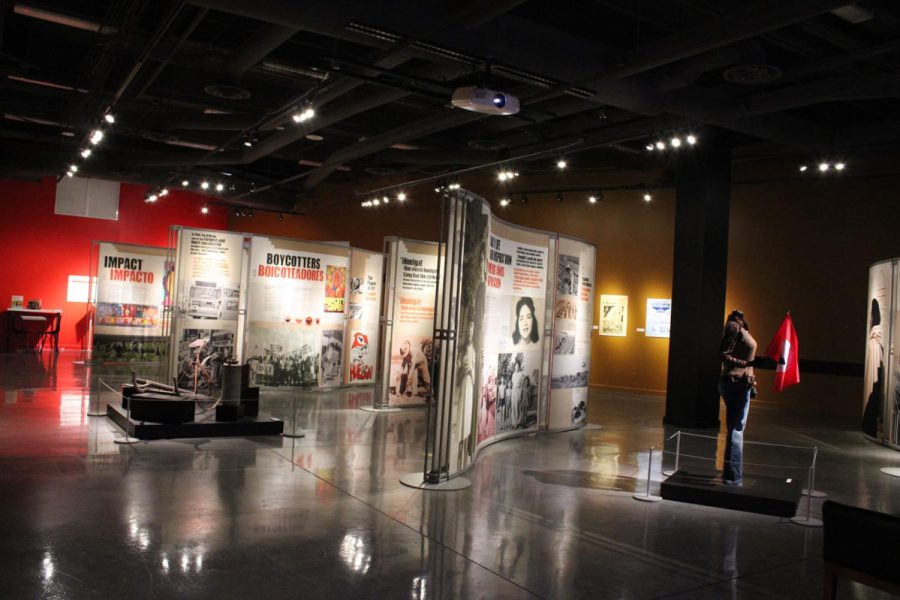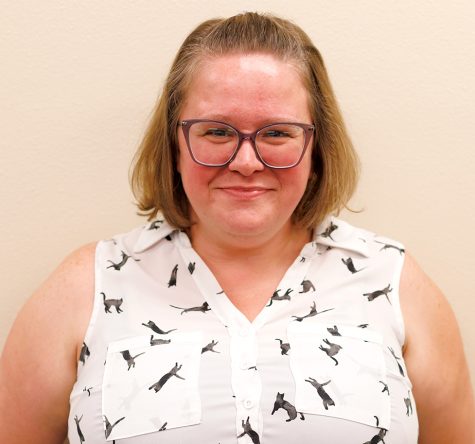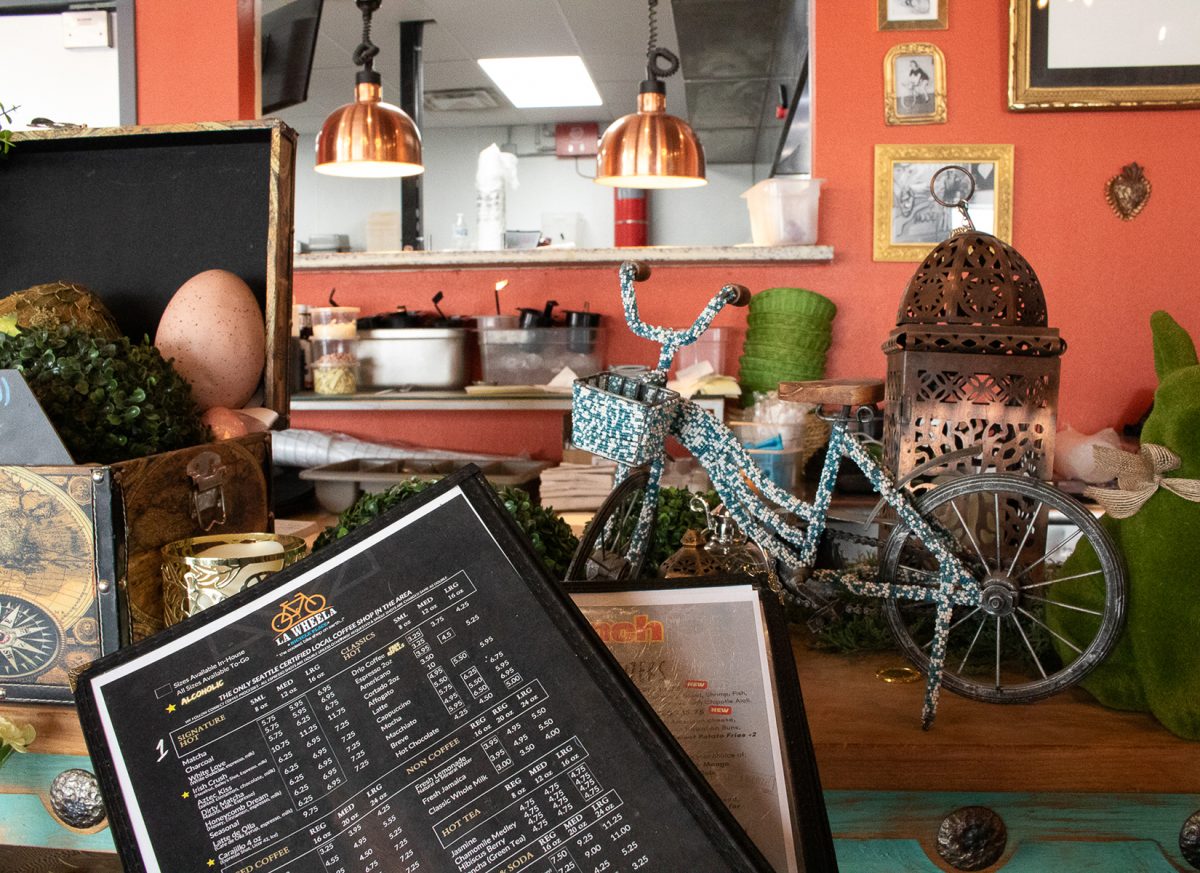The El Paso Museum of History is hosting an exhibit called “Dolores Huerta: Revolution in the Fields/ Revolución en los Campos” until June 26. The exhibit highlights labor rights activist, Dolores Huerta, and her impact on farmers’ rights.
The exhibit is provided through a program with the Smithsonian Institution called Smithsonian Institution’s Traveling Exhibitions, or SITES. With SITES, the Smithsonian offers several exhibitions that can be displayed after an application process.
With the exhibit, El Pasoans have the option of downloading the “Dolores Huerta” app for a free video tour, a guided tour, or they can do their own walkthrough and reading, according to the Museum Director Erica Marin.
“I believe most people are familiar with Cesar Chavez and the United Farm Workers struggle that started in the early ’60s. It started just a little bit before, well a lot before that, but it came to be known more nationally in the early ’60s, and Cesar Chavez did not do this work alone,” Marin said. “There were many people that organized and activated as well. And one of these people was Dolores Huerta.”
A New Mexico native, Huerta relocated with her mother and brothers to California, where there was a large agricultural center, according to the exhibition.
The United Farm Workers (UFW) was founded in 1962 by Chavez and they worked alongside him and Huerta in their pro- tests for equality and basic human rights for farm laborers, according to ufw.org.
“There had to be some form of an organization, some kind of entity that could speak on behalf of the laborers,” Marin said. “And so that’s how the UFW came about. It was basically, ‘listen, these are the situations that we’re finding ourselves in,’ the exploitation of, not only adult labor, but also child labor.”
Together, Huerta, Chavez, and the UFW led strikes and protests to protect and advocate for the laborers. These farm workers were facing discrimination, poor wages, and hazardous living conditions, according to the exhibition.
“She was part of the working class, and part of the agrarian class, people that worked out in the farms in California, and what she saw, along with Cesar Chavez, and other labor organizers, was the injustices and the exploitation of farmworkers,” Marin said.
These protests gained momentum during a time when civil rights were in full demand among African American civil rights activists, and with protests against Vietnam, according to the exhibition. These movements had similar struggles and often echoed one another.
“I would just invite the public to come visit the exhibition that’s one of several that we have here right now. We also have upcoming, next week it opens, ‘Black Survival Guide or How to Live Through a Police Riot’ and that’s an art installation,” Marin said.
More information can be found of the exhibition at the El Paso Muse- um of History, 510 N. Santa Fe St.
Kristen Scheaffer is a staff reporter and can be reached at [email protected].













